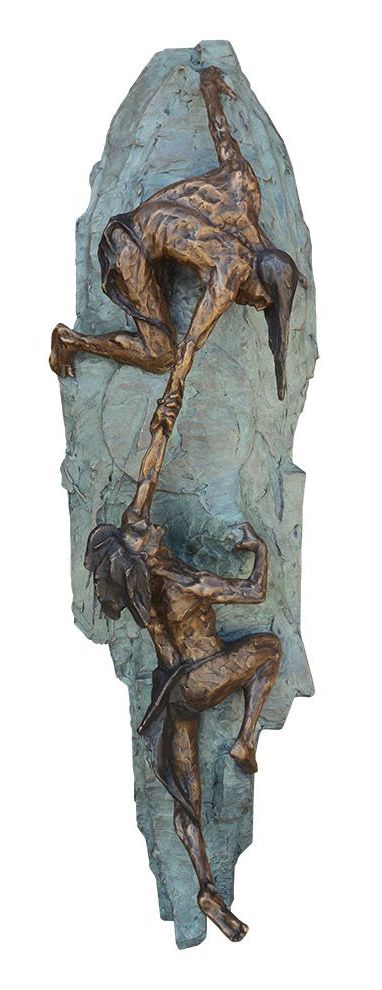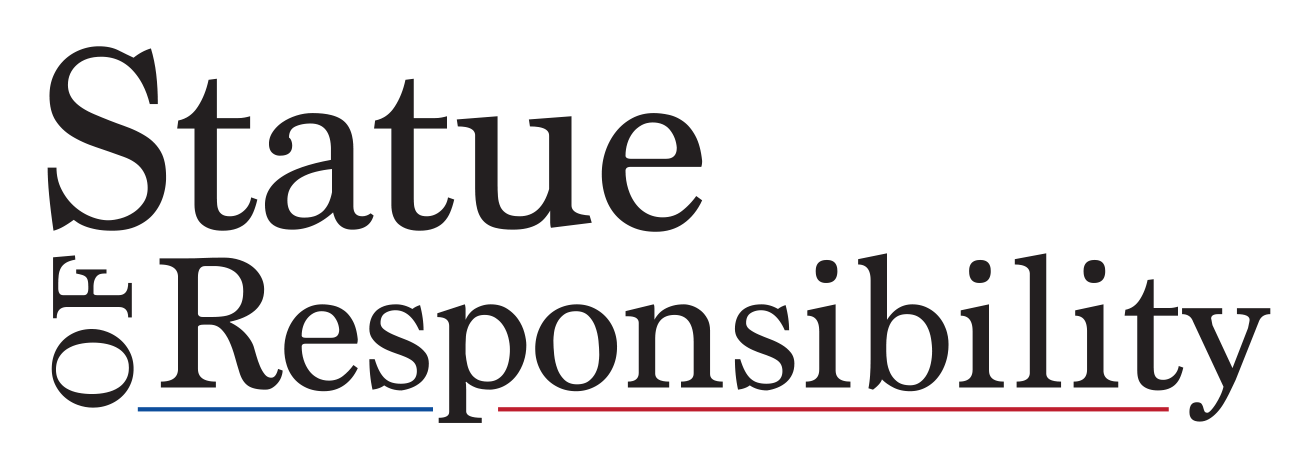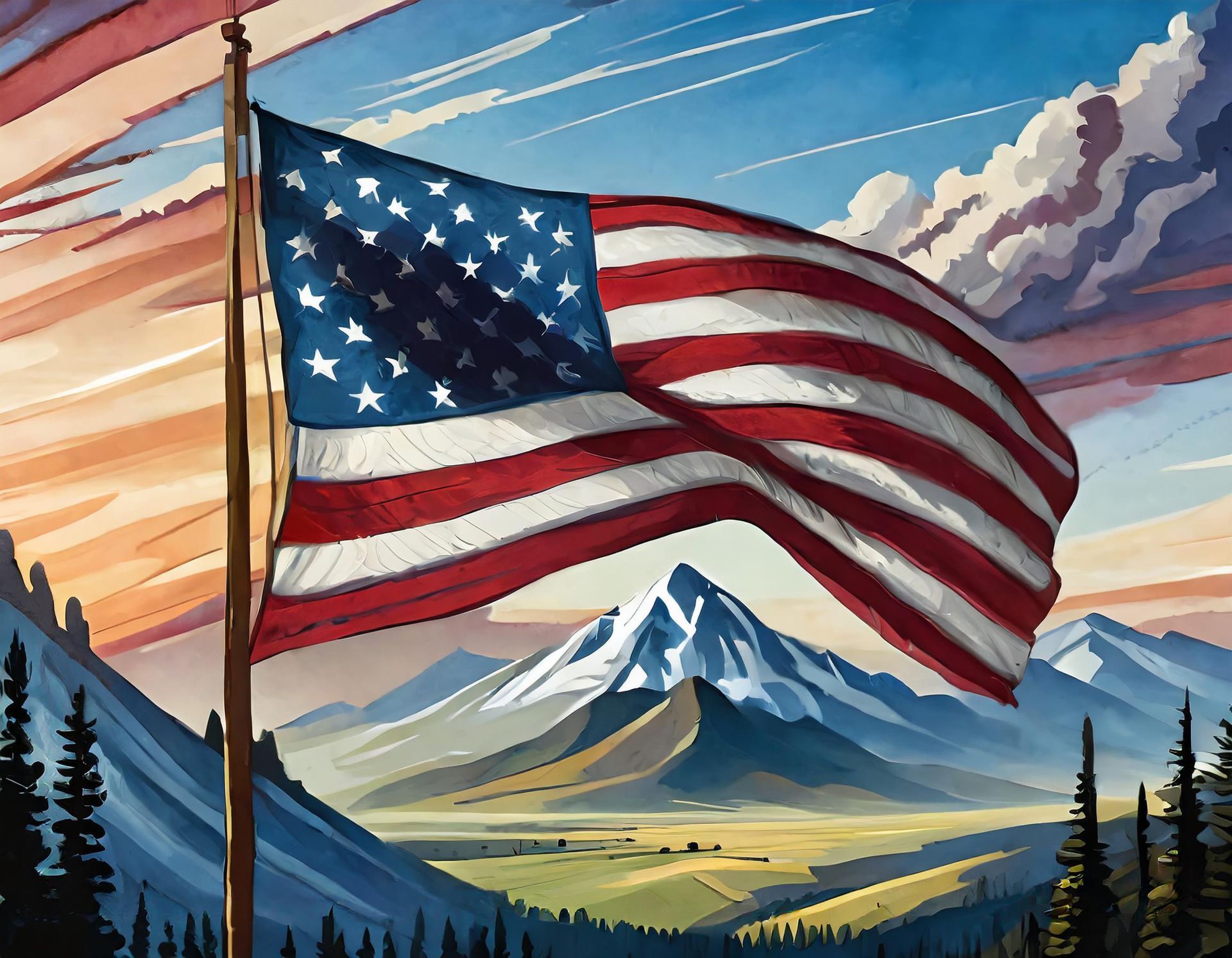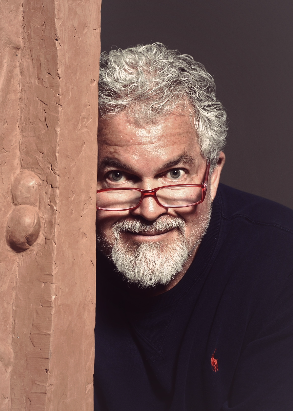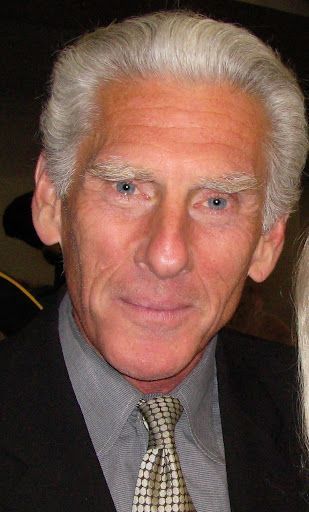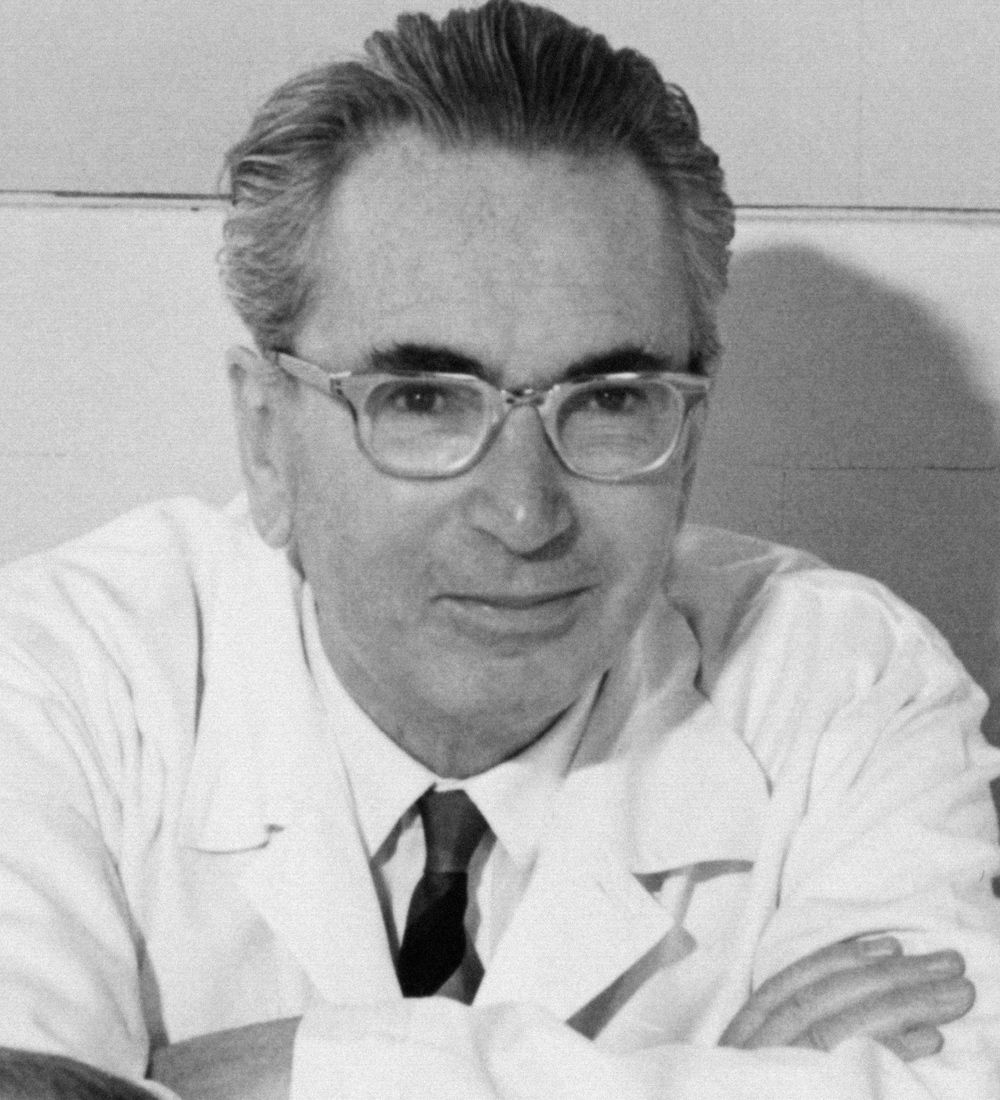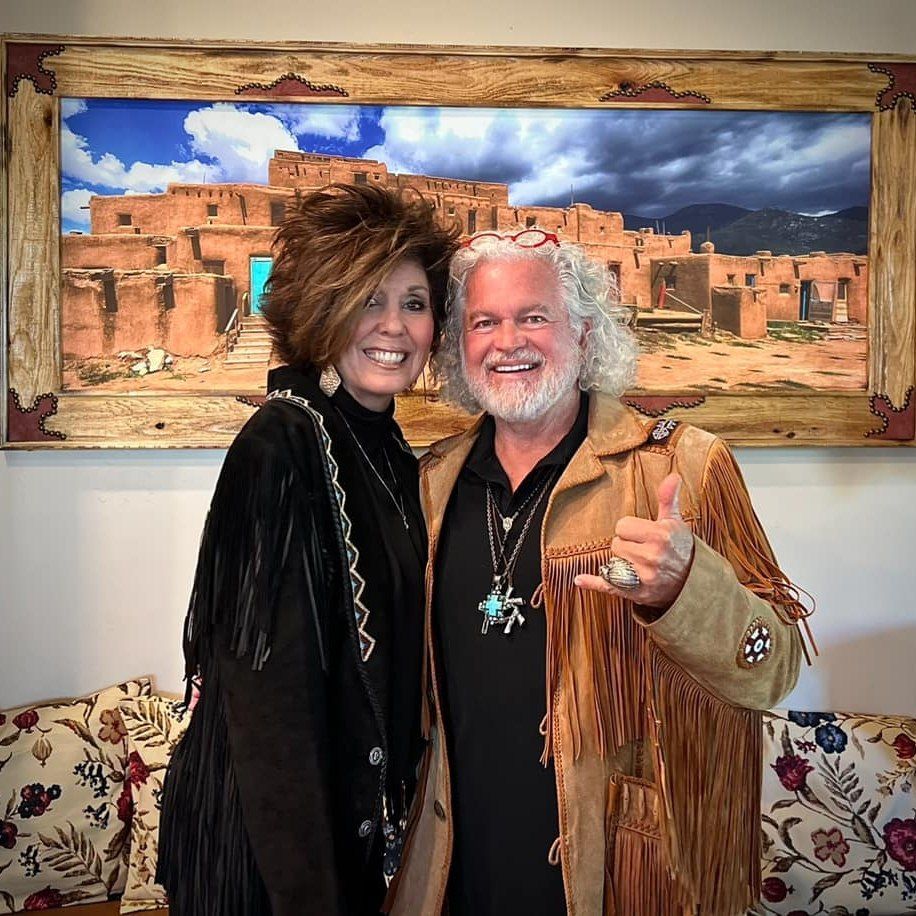The proposed Statue of Responsibility has captured significant media attention.
Here, we round up the key perspectives and points from major news outlets covering this ambitious endeavor.
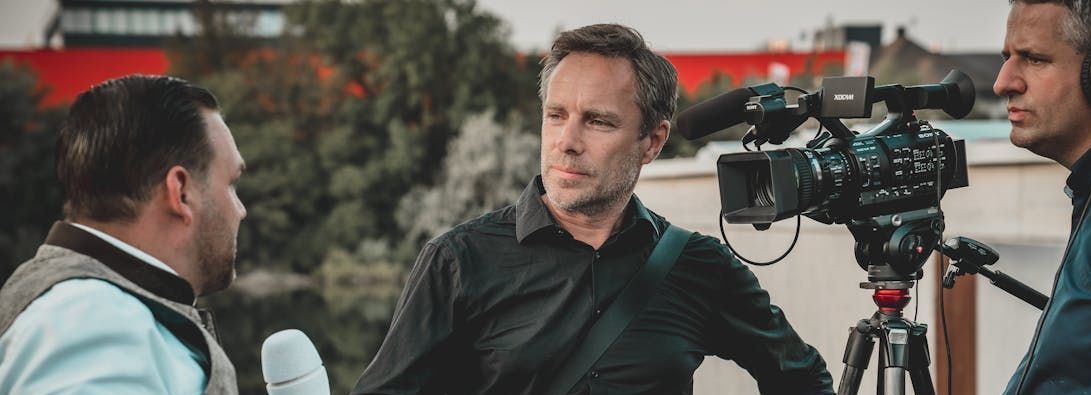
Deseret News: Ideological Challenges and Utah’s Unique Appeal
Deseret News provided an in-depth look at the challenges and potential of the Statue of Responsibility project. The article highlighted the excitement of the project's leaders, particularly Price, who expressed his exhilaration as the statue nears realization. Two major challenges were emphasized: ideological differences and location selection.
The piece underscored how the statue aims to embody values that resonate across the political spectrum, making it a symbol of unity. Finding a location proved difficult, with the project spending a decade in California before facing numerous obstacles. Utah emerged as a promising candidate due to its fiscal responsibility and unique cultural approach, dubbed the “Utah way,” which emphasizes collaborative problem-solving for the common good.
Governor Spencer Cox's enthusiastic support was also a focal point. He sees the statue as an emblem of Utah’s legacy of building and inspiration, contrasting the current national climate of destruction. Cox’s vision positions the statue as a beacon of hope and a representation of Utah's identity.
Salt Lake Tribune: The Artistic Vision and Historical Inspiration
Key Points Across Outlets
- Deseret News emphasized the ideological and logistical challenges, with Utah's unique fiscal and cultural landscape emerging as a solution.
- Salt Lake Tribune highlighted the artistic inspiration and historical roots, focusing on Price’s vision and Frankl’s enduring influence.
- Governor Cox’s Support: Both outlets noted Governor Cox’s strong endorsement, positioning the statue as a symbol of Utah’s enduring spirit of innovation and unity.
The Statue of Responsibility stands as a powerful symbol of unity, mutual support, and the balance between freedom and responsibility. As media outlets continue to cover this monumental project, the narrative of a nation coming together through shared values and collaborative efforts remains at the forefront. With Utah's support and the artistic vision of Gary Lee Price, the Statue of Responsibility aims to inspire and uplift future generations, reflecting the enduring legacy of Viktor Frankl’s profound insights.
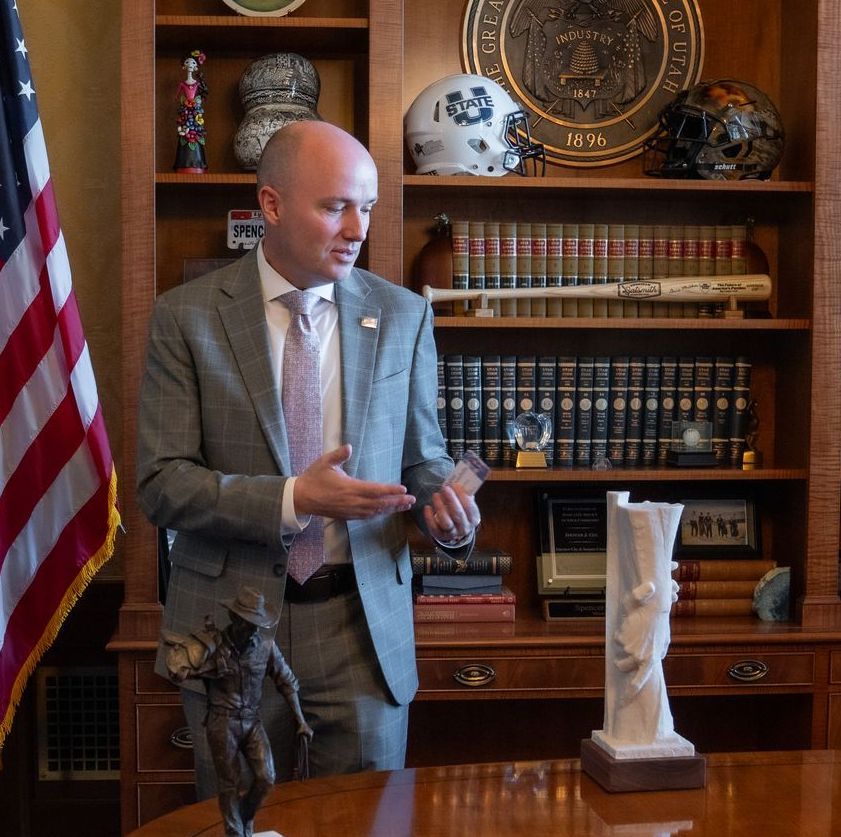
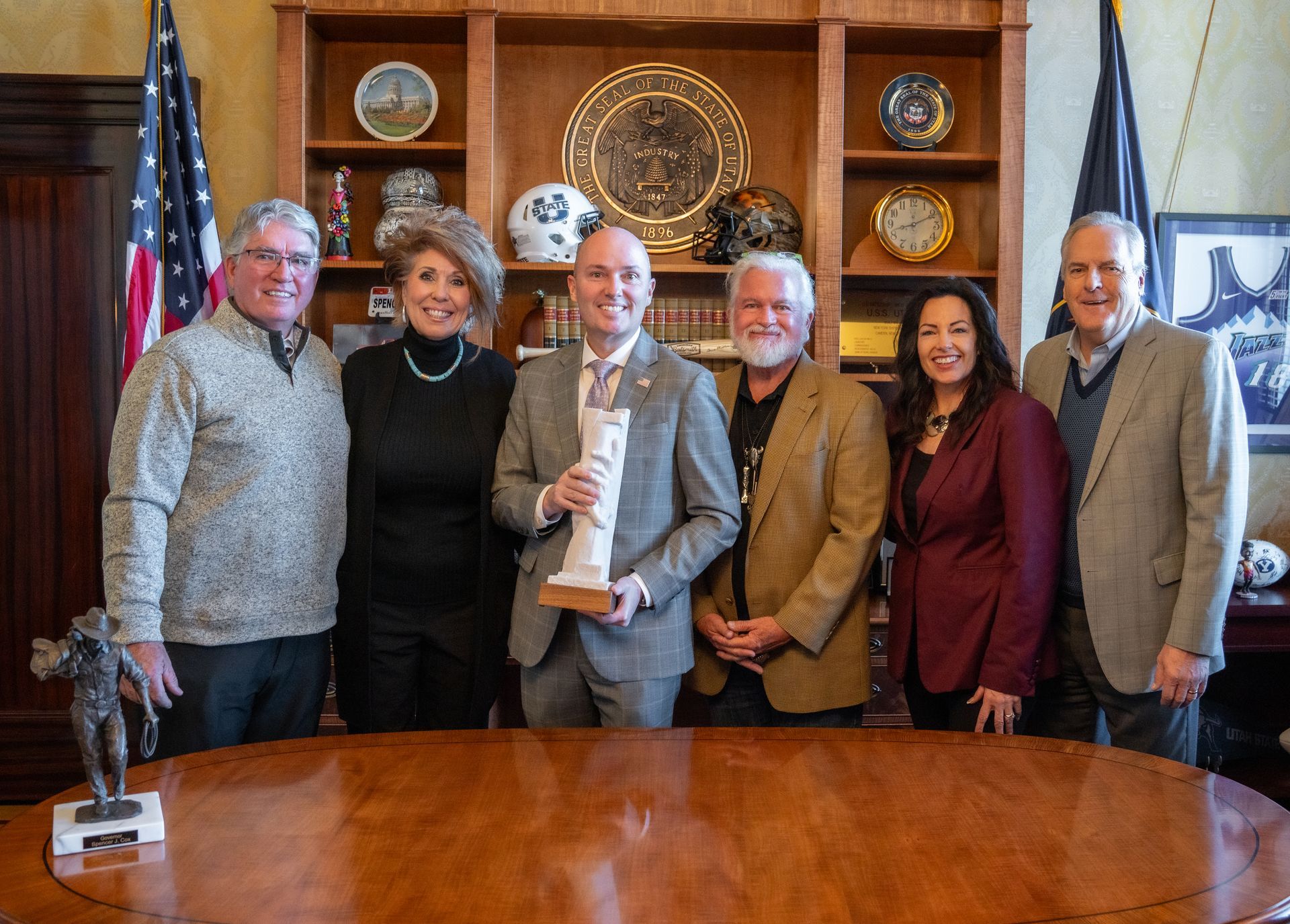
The Salt Lake Tribune focused on the artistic and historical aspects of the Statue of Responsibility. Gary Lee Price, the artist behind the proposed 300-foot statue, described his design as a symbol of unity and mutual support, easily understood by all ages. The statue, featuring two hands gripping each other’s arms, was inspired by Price’s earlier work, “The Ascent,” which depicted Indigenous people helping each other climb a precipice. This image of mutual aid deeply moved viewers and served as the foundation for his vision of responsibility.
The article traced the statue’s roots to Holocaust survivor Viktor Frankl’s 1946 memoir, “Man’s Search for Meaning,” where he proposed the idea of a Statue of Responsibility to complement the Statue of Liberty. Frankl’s dream was to create a counterpart to Liberty on America’s western shores, symbolizing the balance between freedom and responsibility. Stephen R. Covey, author of “The 7 Habits of Highly Effective People,” promised Frankl to make this dream a reality, leading to Price’s involvement in the project.
